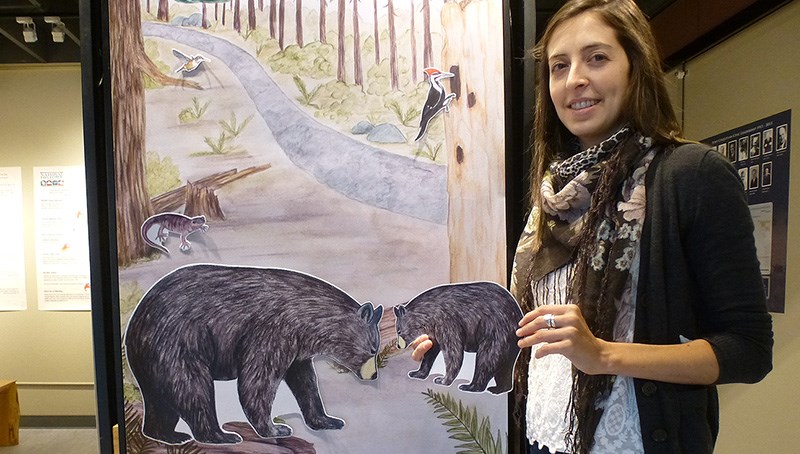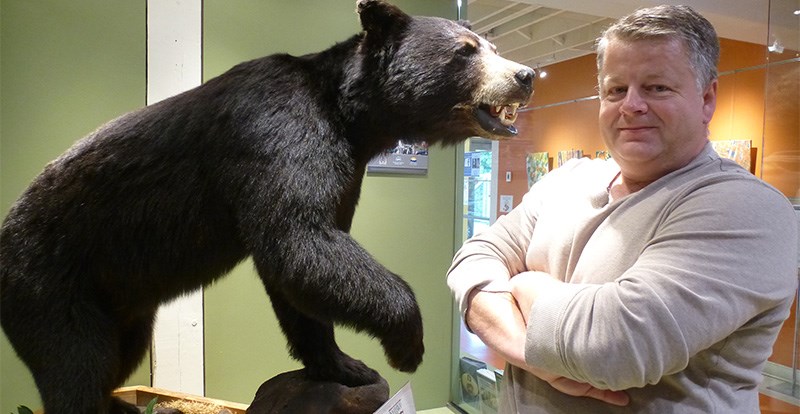Bears walking through yards to grab an apple. Crows picking at garbage. Coyotes lurking near schools. Raccoons digging up lawns for grubs.
Suburban dwellers often forget these animals are simply acting on the instinct to feed themselves and think of them only as nuisances.
But instead of being in conflict with urban wildlife, why not think of these animals as neighbours, creatures to respect and deal with in a humane way, says Steve Smith of the Port Coquitlam Heritage and Cultural Society.
One way to learn about these animals and their relationship to people living in the Tri-Cities is by visiting the society's newest natural history exhibit at the PoCo Heritage Museum and Archives.
"We don't want to come across as preachy," Smith said, "but we are trying to reinforce things that people are already doing but could maybe do better."
With its tongue-in-cheek reference to Charles Darwin, the exhibit (un)Natural Selection: Adapting to an Urban Environment is an enjoyable way to learn about animals in our midst. There are hands-on displays, easy to understand graphics, historical timelines and interactive features. As well, visitors can get up close and personal with a black bear and a cougar, thanks to the support of the BC Conservation Officer Service, which supplied the displays.
One major component of the exhibit is a carefully crafted display about the Hyde Creek Watershed Society, which operates a fish hatchery and education centre just off Coast Meridian in Port Coquitlam. The display was put together by HCWS volunteer April Crockett and her father, Alan, and shows the importance of salmon as a species, their lifecycle and what humans are doing that could harm them.
Cass Sclauzero, a former teacher and administrative assistant, is also developing programming for Grade 4 students.

"We are working with the curriculum to provide a program that will work for school classes," said Sclauzero, who can be reached at info@pocoheritage.org
Among the highlights of the exhibit are several dozen photos that were submitted by local residents that show how wildlife and people are living in the same neighbourhood.
The photos are featured in the displays and in a video loop.
Smith, a professional photographer, said the images show the wide range of animals and birds that live in the area.
"It's the reason many of us live here," he said, noting there are challenges with living amongst animals that could be reduced if people just took sensible precautions, such as removing wildlife attractants from their property.
"We just continue to push up into the mountains, and if we value nature, if we value wildlife, we have to learn how to co-exist," Smith said.
• The 2016 Carol Hubbard Memorial Natural History Exhibit taking place at PoCo Heritage Museum and Archives, 150-2248 McAllister Ave., Port Coquitlam is called (un)Natural Selection: Adapting to an Urban Environment and is available for public viewing until the end of December.



